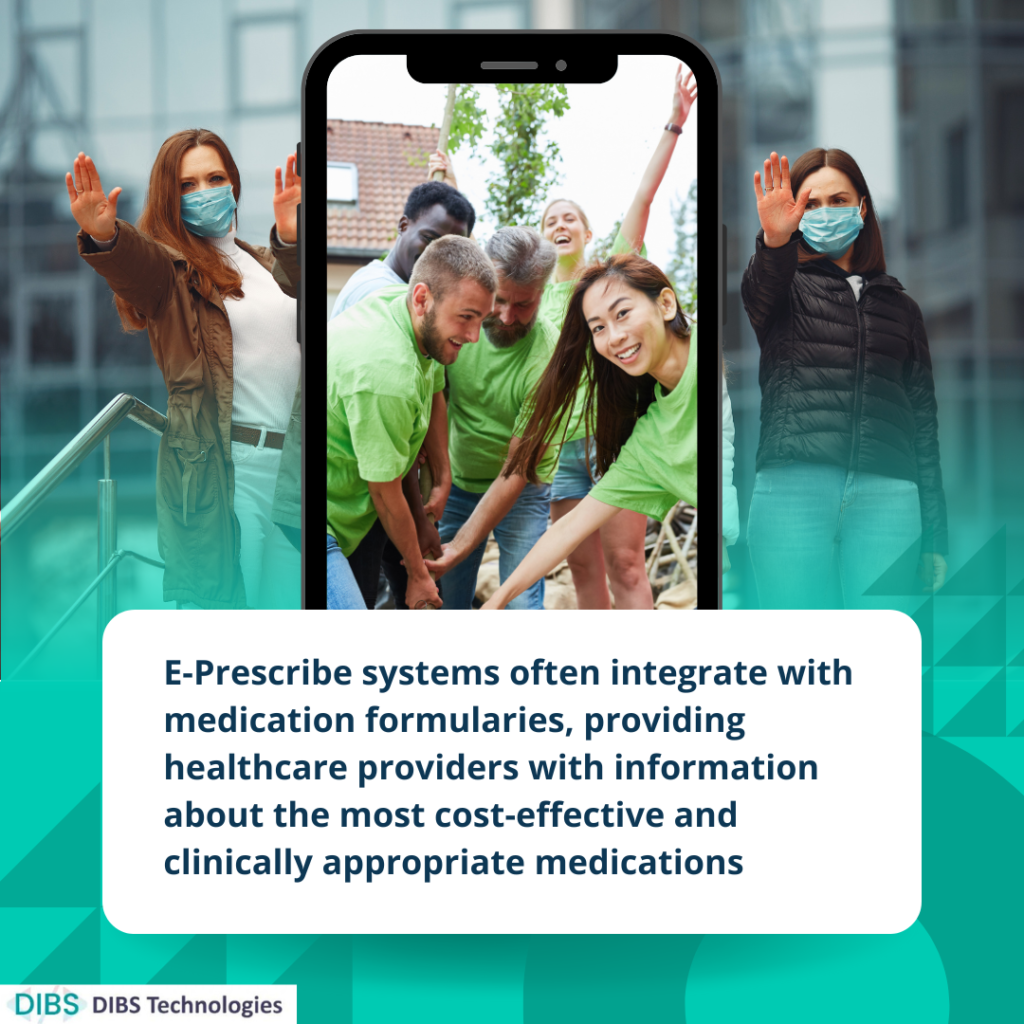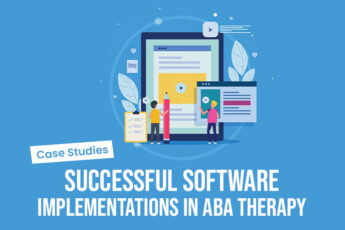In the ever-evolving landscape of healthcare, technology plays a crucial role in streamlining processes and enhancing patient care. One such technological advancement that has significantly impacted healthcare providers is Electronic Prescribing or E-Prescribe. This digital solution has revolutionized the way medications are prescribed, bringing about a multitude of benefits, especially in terms of client safety.
In this blog post, we will delve into the key E-Prescribe features that contribute to improving client safety for healthcare providers. Understanding these features is essential for medical professionals to leverage the full potential of electronic prescribing systems and ensure optimal patient outcomes.
Clinical Decision Support (CDS):
One of the standout features of E-Prescribe systems is Clinical Decision Support (CDS). CDS provides healthcare providers with real-time, evidence-based information and alerts at the point of care. This feature assists in identifying potential medication errors, drug interactions, allergies, and other critical information that could impact patient safety.
For instance, if a prescribed medication has a known interaction with another drug the patient is currently taking, the system will alert the healthcare provider, allowing for a timely adjustment to the prescription. This proactive approach significantly reduces the risk of adverse drug events and enhances overall client safety.
E-Prescribe Drug Interaction Checking:
E-Prescribe systems come equipped with advanced algorithms that automatically check for potential drug interactions. This feature is crucial in preventing adverse reactions that may occur when two or more medications are combined. Healthcare providers receive alerts about potential interactions, enabling them to make informed decisions and choose alternative medications when necessary.
By having this information readily available, healthcare providers can avoid prescribing medications that may negatively interact with a patient’s current drug regimen, thereby minimizing the risk of harmful consequences.
Allergy and Contraindication Alerts:
Patient safety is paramount, and E-Prescribe systems contribute significantly by providing allergy and contraindication alerts. These alerts inform healthcare providers about any known allergies or conditions that may contraindicate the prescribed medication. This feature ensures that healthcare providers are well-informed about a patient’s medical history, reducing the likelihood of adverse reactions.
Immediate access to allergy information is particularly critical in emergency situations, allowing healthcare providers to make swift and informed decisions about suitable medications, thereby preventing life-threatening complications.
E-Prescribe Formulary Decision Support:
E-prescribe systems often integrate with medication formularies, providing healthcare providers with information about the most cost-effective and clinically appropriate medications. This feature helps in optimizing treatment plans while considering the financial aspect for both the patient and the healthcare system.

By offering formulary decision support, E-Prescribe systems assist healthcare providers in making choices that align with insurance coverage and minimize out-of-pocket expenses for patients. This not only improves patient adherence to prescribed medications but also enhances overall client safety by ensuring that financial constraints do not compromise treatment plans.
Electronic Medication History:
Access to a patient’s comprehensive electronic medication history is a cornerstone of E-Prescribe systems. This feature enables healthcare providers to review a patient’s past and current medications, facilitating accurate and up-to-date prescribing decisions.
Having a complete electronic medication history at their fingertips helps healthcare providers identify potential issues, such as duplicate therapies or medications that may have been discontinued. This thorough understanding of a patient’s medication journey contributes to safer prescribing practices and reduces the risk of medication errors.
Patient Medication Education:
Improving client safety goes beyond the prescription pad. E-prescribe systems often include features for patient medication education. Healthcare providers can electronically send educational materials and information about prescribed medications directly to the patient.
Enhancing patient understanding of their medications, including proper usage, potential side effects, and important considerations, empowers individuals to take an active role in their own healthcare. Informed patients are more likely to adhere to prescribed regimens and report any concerning symptoms promptly, contributing to overall client safety.
E-Prescribe Electronic Prior Authorization:
Navigating the complexities of insurance requirements and prior authorizations can be time-consuming for healthcare providers. E-prescribe systems simplify this process by offering electronic prior authorization capabilities. This feature streamlines communication between healthcare providers and payers, ensuring that necessary approvals are obtained efficiently.
By reducing the administrative burden associated with prior authorizations, healthcare providers can focus more on patient care and make timely prescribing decisions without unnecessary delays. This efficiency contributes to client safety by avoiding interruptions in medication access.
Secure Messaging and Communication:
Effective communication among healthcare providers is crucial for client safety. E-prescribe systems often include secure messaging features. These enable healthcare professionals to communicate securely about patient prescriptions, medication changes, and other relevant information.
Secure messaging enhances collaboration among members of the healthcare team, fostering a cohesive approach to patient care.
This real-time communication ensures that well-informed stakeholders can actively contribute to decision-making processes, ultimately improving client safety.
Conclusion:
Electronic Prescribing has emerged as a game-changer in healthcare, offering a myriad of features that significantly contribute to client safety. From Clinical Decision Support to secure messaging, these features empower healthcare providers to make informed decisions. These also help to prevent medication errors and enhance overall patient outcomes.
Talk to our experts and find out more about the latest healthcare technologies. See how the DIBS team can help you improve communication and coordination between healthcare systems, streamlining workflows, and enhancing patient care.







Leave a Comment